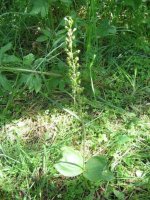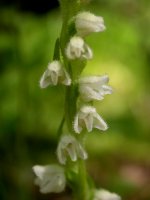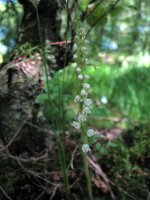davidearlgray
davidearlgray
Hi all, thinking of going to Norfolk at the weekend, and just wondered if anybody got any info on Creeping Ladies Tresses in the Holkham area?
If you want to email privately, have no problem with that!
I look forward to your replies,
Cheers,
Dave Gray. :t:
If you want to email privately, have no problem with that!
I look forward to your replies,
Cheers,
Dave Gray. :t:






